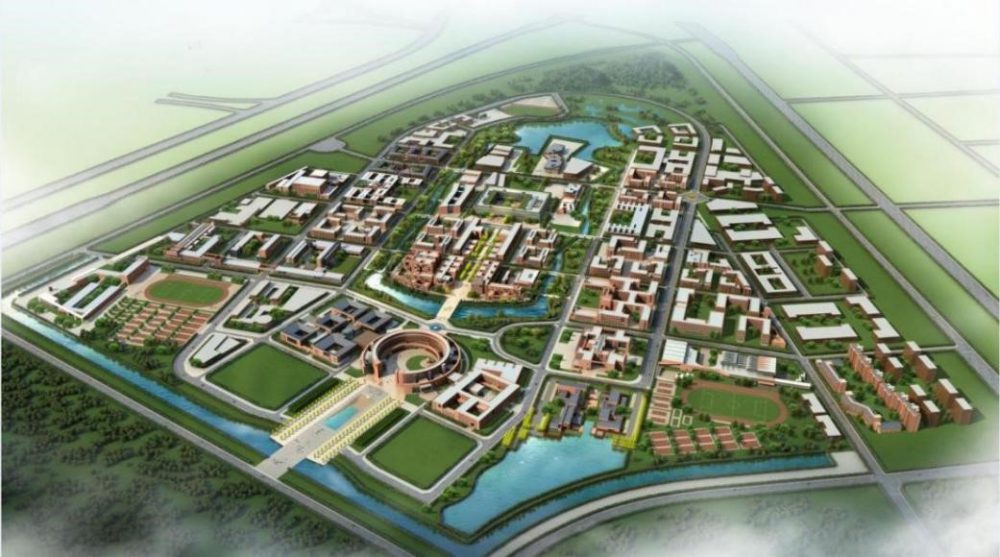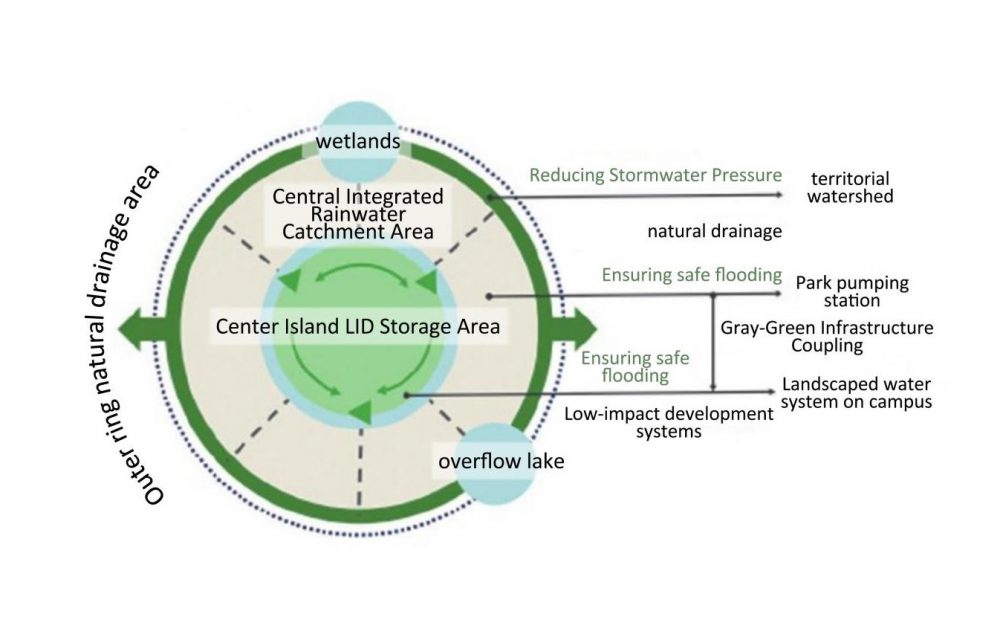
Tianjin University is the first university in modern China, the beginning of China’s modern higher education system, and a well-known university both at home and abroad. In its construction, Tianjin University adopts information technologies such as cloud computing, Internet of Things, converged communications, and collaborative office, to further organically integrate the university’s teaching, science and research, office management, and campus resources and application systems, and to create a smart campus.

Beiyangyuan Campus of Tianjin University is an intelligent green eco-campus, which has achieved the national green campus standard by running through the green concept, creating a green environment and carrying out green construction in its planning and construction. At the same time, the low-carbon intelligent building in the construction of green TJU campus has significant inspirational and demonstrative effects, and is of great significance in promoting sustainable development and promoting the application of green technology. Water Conservation Building is proposed to adopt PV/T + Multi-Source Heat Pump for clean and low-carbon heating renovation, while deploying photovoltaic modules to realize comprehensive utilization of energy, reduce carbon emissions and air pollution, and improve the energy efficiency and environmental sustainability of the building complex. The energy storage platform building renovation is proposed to use air source heat pump system, which can reduce the annual heating cost of the building and improve energy efficiency, and arrange photovoltaic modules on the roof to offset the heat pump power consumption, and at the same time, carry out the demonstration of assembled movable light storage and charging integrated carport and the demonstration of small-scale light storage and direct-supply system for typical office, and incorporate the integrated energy system into the intelligent energy management platform for regulation and demonstration, so as to improve the efficiency of the utilization of clean energy.
In summary, the construction of this project has a positive demonstration significance for optimizing the energy structure of the campus, protecting the environment, reducing greenhouse gas emissions, promoting solar energy utilization and advancing the development of photovoltaic industry.
Savings Narrative:
The benefits of the Water conservation building project after retrofitting are analyzed as follows:After the renovation of the heating system, about 48,000 yuan can be saved every year. PV system annual power generation of 113920 kWh, according to the municipal electricity price of 0.505 yuan/kWh, can save electricity about 57,500 yuan per year. While the entire project can reduce carbon dioxide emissions 178.6 tCO2 per year, calculated at the carbon price of 60 yuan/t, the annual carbon revenue
10716 yuan.
The benefits of the energy storage platform building project after retrofitting are analyzed as follows:After the renovation of the heating system, about 26,000 yuan can be saved every year. PV system annual power generation of 332,000 kWh, according to the municipal electricity price of 0.505 yuan/kWh, can save electricity about 167,700 yuan per year. While the entire project can reduce carbon dioxide emissions by 688.9t CO2 per year, calculated at the carbon price of 60 yuan/t, the annual carbon revenue is 41,334 yuan.
Net Operating Cost Savings per year: 48,567 $(USD)
Kilowatt-hours Savings per year: 445,920 kWh
Carbon Emissions Offset: 867 tCO2